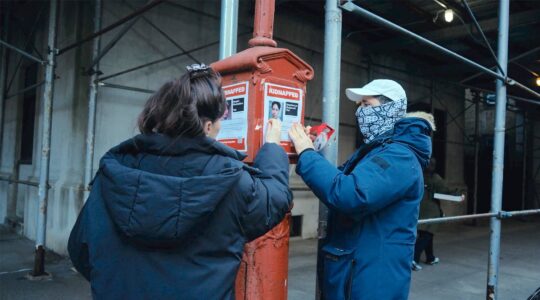There’s nothing like mounting a horse, tossing your head back, and riding off in the California surf. Unless, of course, your horse is handcrafted by Torah ark woodcarvers, and mounted to a pole in the heart of New York City. That’s right, the carousel horse you loved to ride as a child might have been carved by Jewish artisans.
It turns out that many an immigrant Jewish woodcarver repurposed their old-world sacred art skills to create new-world popular entertainment. A 2007 exhibit at the American Folk Art Museum explored the ways that Jewish woodcarvers, gravestone cutters, and paper cut artists became carousel horse carvers, embellishing them with rich Jewish symbology of lions, birds, deer, fish, gazelles, and snakes.
The exhibit displayed not only photos and reproductions of wooden synagogue carvings (most of the originals were destroyed in WWII) side-by-side with carousel horses, but also histories of some of the more well-known carvers—like Marcus C. Illions, born in Russia in the mid-1800s, and known both for carving ark pediments and also for creating the iconic Coney Island style of carousel horse carving.
So the next time you ride the merry-go-round, tip your hat to the old country and the yidn who came before.
JTA has documented Jewish history in real-time for over a century. Keep our journalism strong by joining us in supporting independent, award-winning reporting.





